Services tailored to the needs: effective optimisation of content, costs and outcomes in the fashion industry
Among the speakers and panellists who – on 30 May 2023 – took part in a low-key LBPC meetup related to localisation in e-commerce and the fashion industry was Małgorzata Marciniak, project manager and team leader at the locatheart translation agency. In her presentation, she focused primarily on discussing effective ways of optimising content, costs and outcomes.
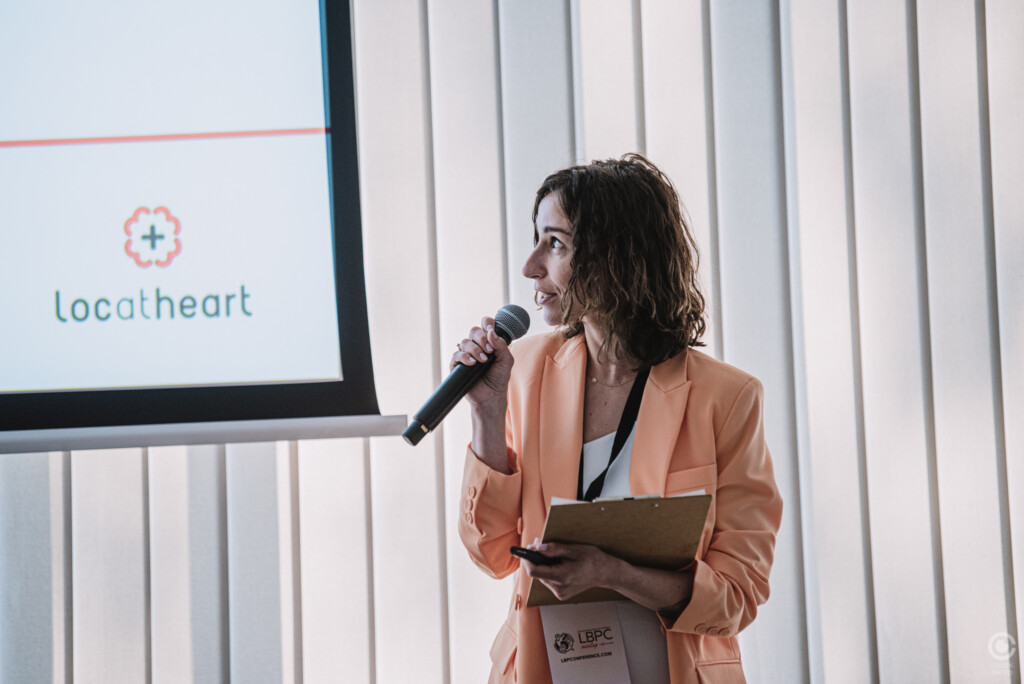
The importance of localisation in the fashion industry
The first topic covered was the importance of localisation in the fashion industry itself. While devising a market expansion strategy, we should first and foremost think about how to communicate our brand and products to new audiences – and to do that, we need an understandable and up-to-date language. It should be remembered, however, that localisation by no means is tantamount to translation. It necessitates acquiring a deep understanding of the cultural background of a given region (e.g. the issue of holidays which can be divergent from those celebrated in the domestic market or observed on completely different days), learning about the local consumers’ needs (e.g. the preferred payment or delivery methods) and gaining people’s trust by showing them respect in the form of impeccable, natural texts in their native tongue.
The fine line between success and failure (and serious financial losses) can be illustrated by an archived advertisement of a Swedish brand Electrolux – admittedly, it was devoid of any negative undertones in the 1970s, but it’s not that hard to imagine what kind of connotations it would carry today.

A similar predicament – this time a dire one and this time for real – had to be solved quite recently by a popular brand Zara. A careless localisation and neglecting the extratextual context resulted in crossing the boundaries of good taste and provoked a severe backlash from internet users – the Polish product name included a word (“bamboo”) that is infamously used as a racist invective against black people.
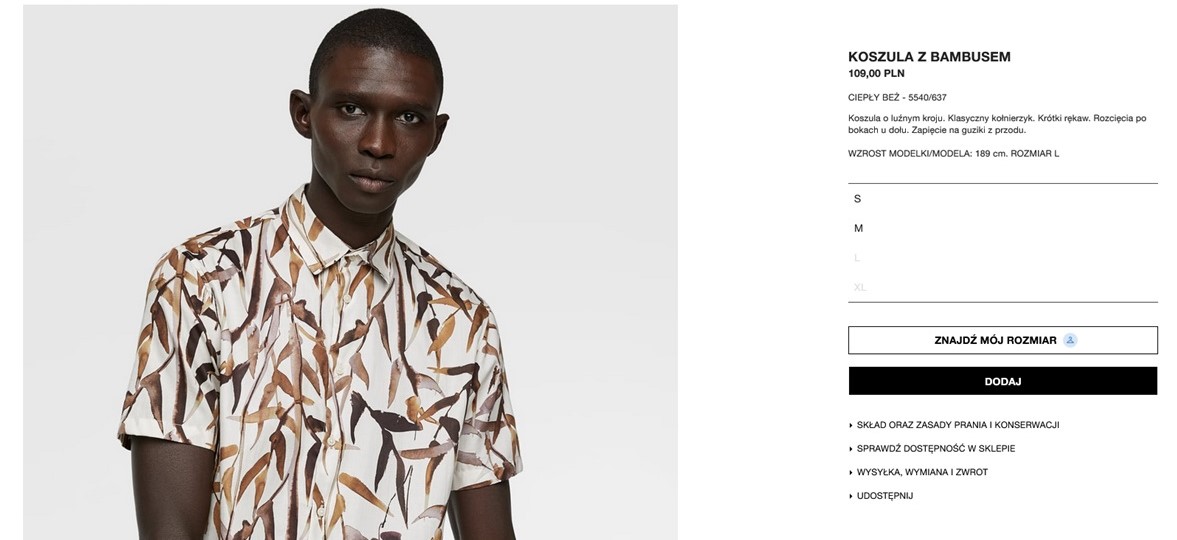
Elements that help achieve the desired quality and profitability
So what to do – or what not to do – to avoid crises like that? First of all, we should not resort to half-measures. A strategy that boils down to “let’s delegate the task to whoever and maybe we’ll scratch by” rarely bears any fruit – after all, language not only carries information, but also evokes specific emotions. Here are the most vital elements that help achieve the desired quality and profitability:
All that – and much more – can be provided by a professional translation agency.
The role of visuals in the localisation of fashion-related content
Let’s focus on the last point on the list, especially on the visuals. Why are photographs or designer sketches so important? One of the reasons is obviously the fact that they prevent glaring discrepancies between the graphic and the description. But that is not all. There are even more complex aspects, such as those related to the unique character of each language.
Let’s take the term “sweatshirt” as an example – a seemingly easy word that belongs to basic vocabulary. Surprisingly, however, its translation may pose a grave problem for a professional linguist if they are not provided with a photograph or a sketch of the actual product.
The market is filled to the brim with various sweatshirt styles – there is a zip up one with a hood, a zip up one without a hood, a pullover one with a hood and a pullover one without a hood, to name but a few. In Polish, we could simply use a hypernym and call the product “bluza” without fretting about the details. In other languages, however, the differentiation could be infinitely subtler, whereas the hypernym may not even exist. The two widely used terms in English (“sweatshirt” and “hoodie”) become as many as four terms in German.
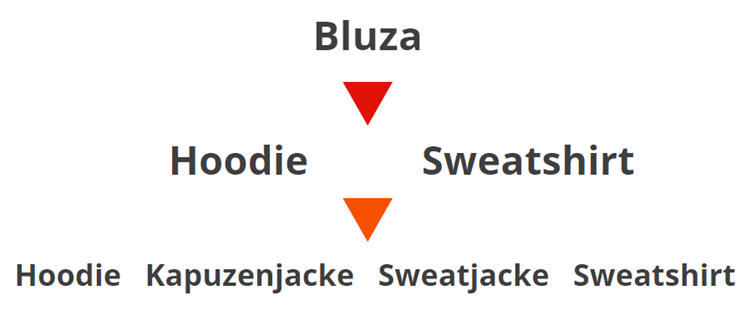
Similar is the case with homonyms (e.g. “glasses” which can denote both drink vessels and spectacles) or proper names stemming from common names (e.g. “Daisy” and “daisy”). Without reference materials, we can’t make an informed decision on which term would be the correct one in a given context.
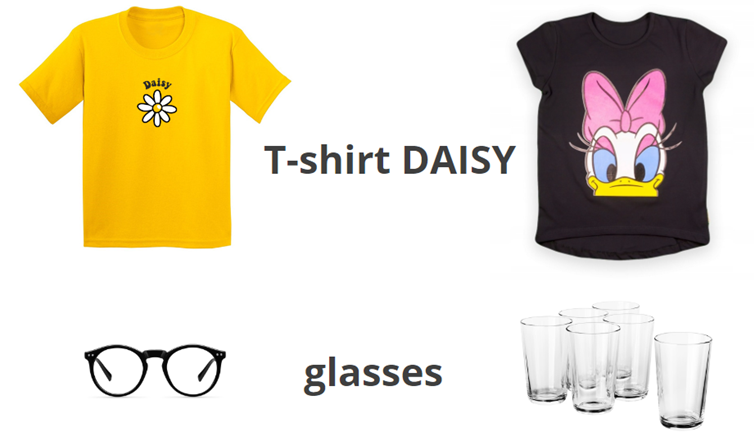
As shown, localisation is an immensely complex process, and we must not assume that the rules or terminological classifications existing in one language are mirrored in all the others. That is why pictures are so fundamental: without them, choosing the correct equivalent becomes virtually impossible.
Why native speakers
As Jagoda Ratajczak formulates in her book Języczni. Co język robi naszej głowie, “A secondary language used by people not quite grounded in the reality that is shaped by the said language shows but a demo version of their personality.” While it’s undoubtedly true, we also receive but a demo version of the world in which the language is spoken. We get linguistic calques – translations that may be formally correct, but sound too “stiff” to the ears of the target audience. Such texts are described as having been translated linguistically, but not culturally.
This phenomenon can be often noticed in posts published on social media, where content is translated into other languages – with varying results. Fashion brands organise special sale events for various occasions, and the role of experts from a translation agency is to maintain vigilance, spot any cultural discrepancies and notify the client – for the good of the brand.
A good example may be a marketing campaign conducted before the beginning of a school year – one of popular Polish brands prepared engaging marketing texts about deals on slippers and other kinds of indoor footwear, and then commissioned translations of the said content into several other languages. A campaign of that sort was a brilliant move in Poland – there, changing shoes in autumn and winter is an absolute must. Meanwhile, the Greek translator responded, “What’s with the indoor footwear? It’s too hot in Greece, no one changes shoes at school. What is more, we, Greeks, do not appreciate it when someone tells us what to do!” Thanks to the feedback, the client could revise their strategy and decide on whether to publish the marketing post in Greek social media.
Yet another example, also connected with fashionable accessories and Greece, may be a marketing slogan about white-and-blue gadgets that – as claimed by the brand – can make the buyer feel like on wonderful summer holidays in Greece. For obvious reasons, the Greek translator had to localise the content by removing the mention of the destination – after all, what may be associated with an idyllic trip by the rest of Europe is regarded as perfectly commonplace by Greeks.
When to use machine translation
To use machine translation or not to use machine translation – that is the question that probably haunts many a brand selling clothes and accessories online. The answer is anything but simple: a lot depends on the platform, market, budget, target objectives and product profitability. Although in an ideal world each fragment of text should be localised and edited by experienced linguists, reality tends to ruthlessly thwart any such plans, forcing business owners to resort to much less reliable methods of content creation.
Plenty has been said about machine translation: internet users have been commenting on funny (or downright ridiculous) mistakes made by translation tools for years, despite the regularly introduced updates and advancements, including AI. Although mechanically translated content seems more or less acceptable in environments where customers don’t necessarily expect linguistic perfection, blatant errors – e.g. in product names – may prove simply disastrous for the business and lead to a significant drop in website traffic (and, subsequently, profits).

It would be advisable, therefore, to approach the subject cautiously and thoughtfully – let’s be careful with when and how we use AI. It could be a great solution for a shop with thousands of products that enters numerous markets simultaneously – in such a case, it’s worth determining the priorities: which products generate the most profit and hence have to be described with utmost care, and which products – due to tight deadlines and an equally tight budget – can be translated mechanically and then revised (or not) by a qualified linguist.

The role of SEO in the localisation of fashion-related content
More and more companies decide to hire a SEO specialist who will optimise content in line with the requirements of search engines and thus boost website traffic. Even though it’s a very wise decision in principle, not infrequently – having spent a small fortune on domestic market operations – business owners forget about performing KWR (keyword research) for each of the other markets in which the brand is present. What’s even worse, sometimes they don’t as much forget about it as neglect it and settle for a one-to-one translation of keyword phrases from the source language into the target language – but the French or Czechs may search for the same products in an entirely different way! Furthermore, the dissimilarities are not only related purely to linguistics, but also to locale – the residents of Latin America will use (completely or slightly) different phrases than the residents of Spain.
Localisation in the fashion industry can be a tall order. If we don’t plan out the entire venture from the very start, we are bound to face chaos – and rather sooner than later. Sometimes, the rebound will take the form of an image crisis, and sometimes – of abandoned carts.
How to guard against such repercussions? Begin by grouping your products by time or quality priorities, and we’ll help you choose an optimal process for each of these sets – be it in relation to deadlines, costs, SEO or quality.

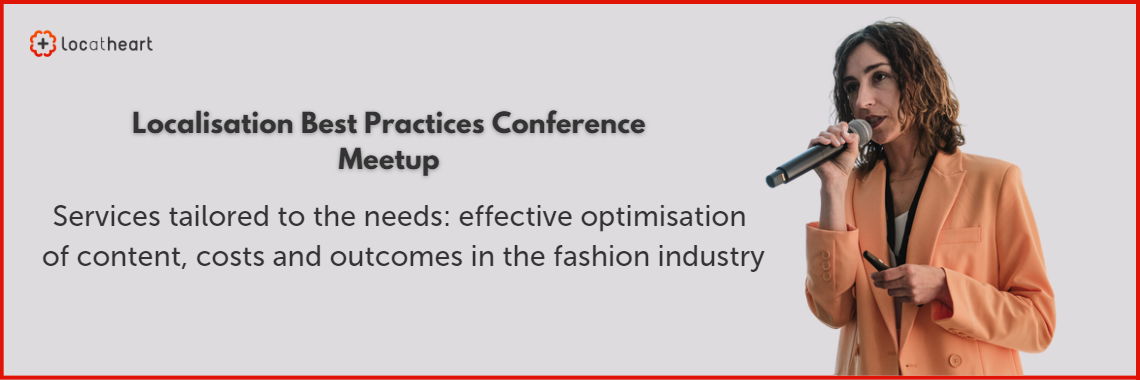


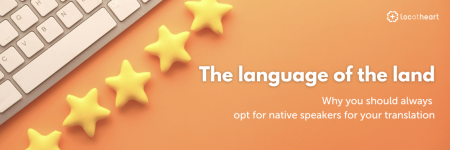
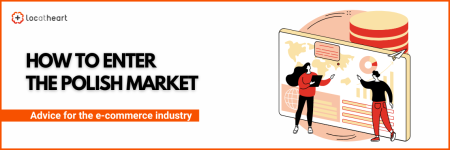
Leave a Reply